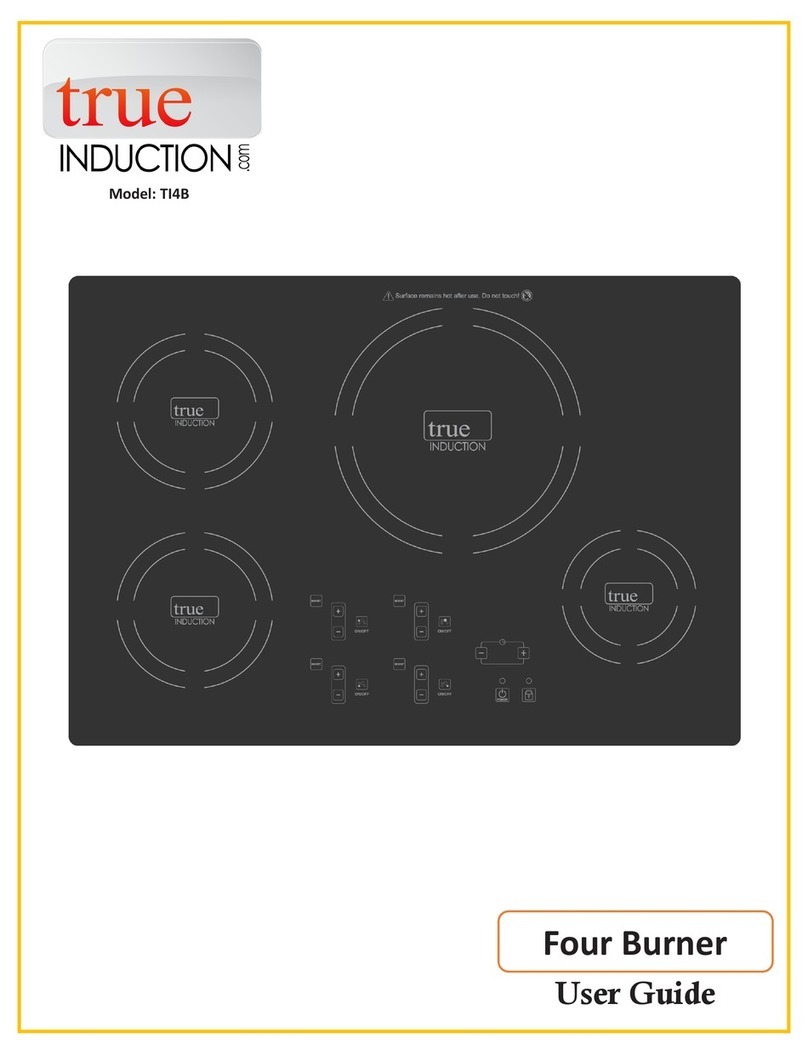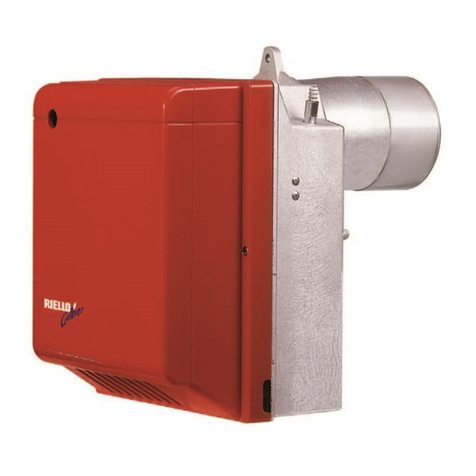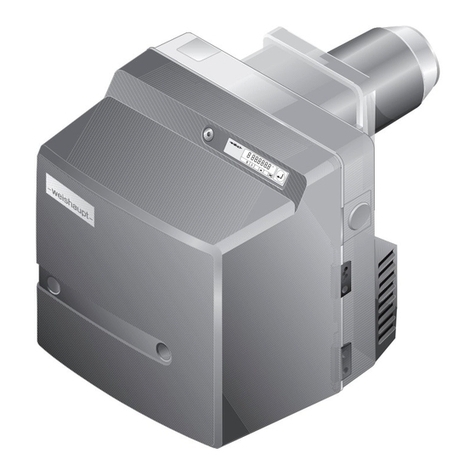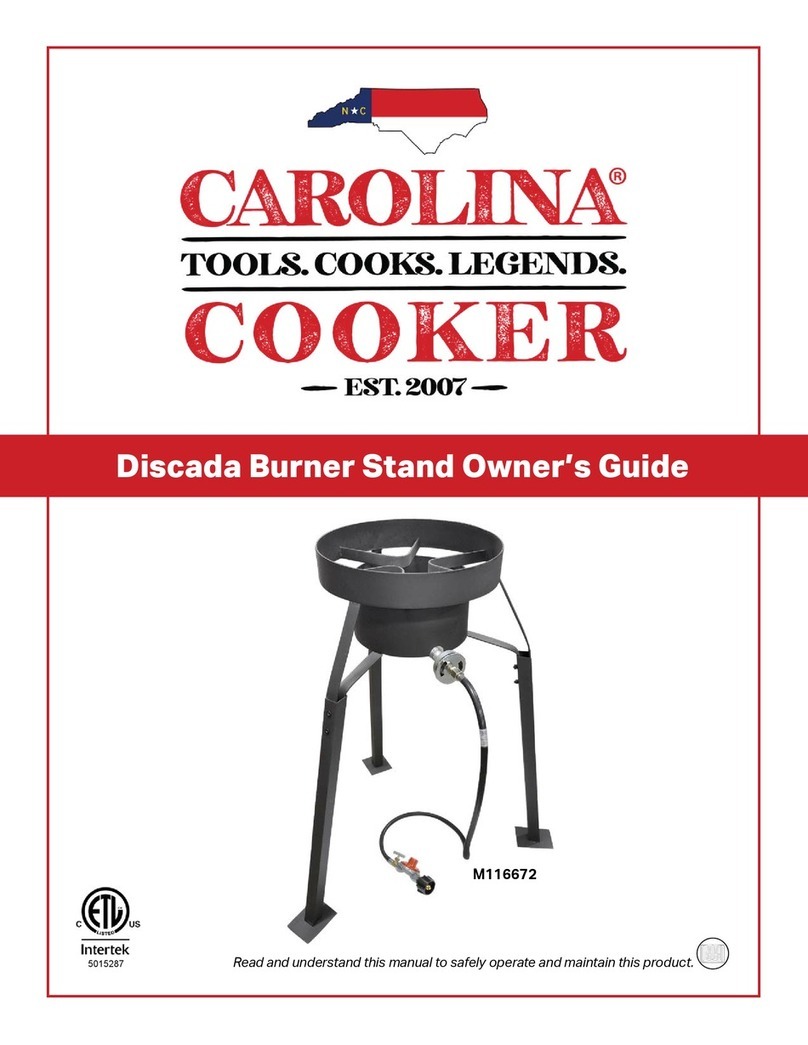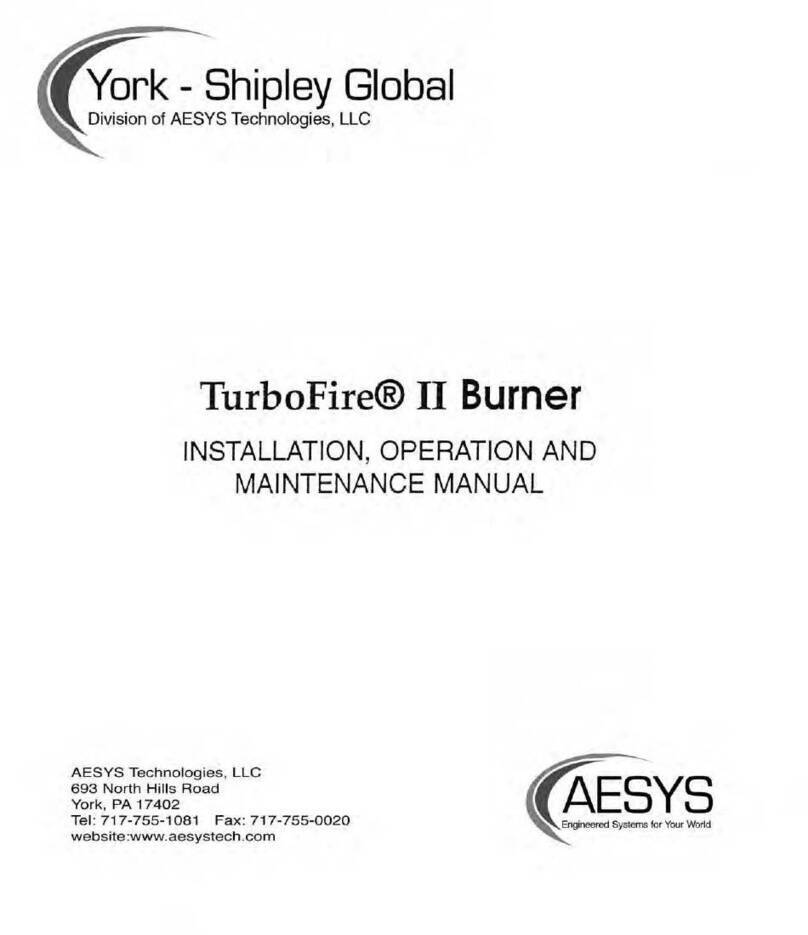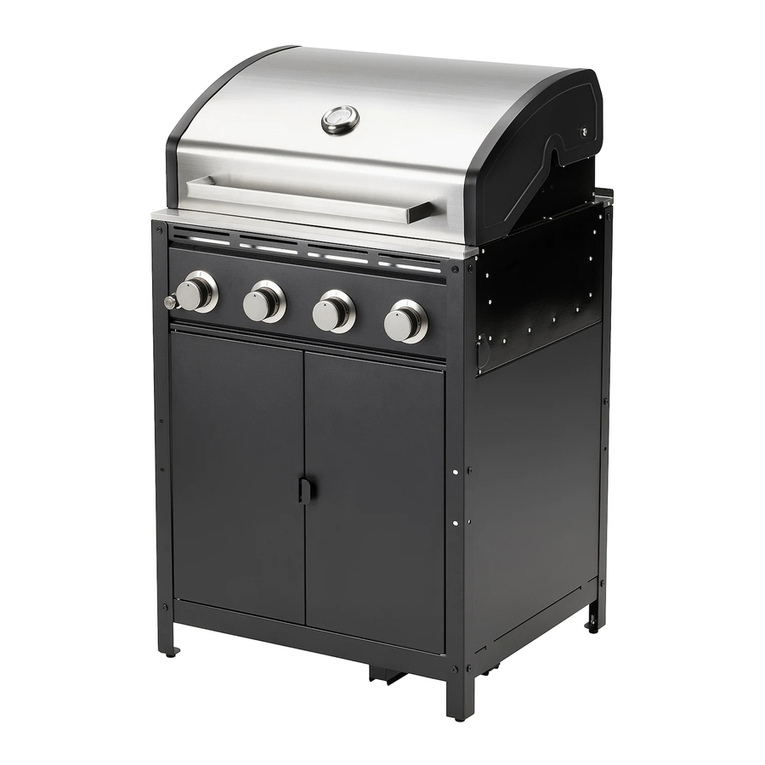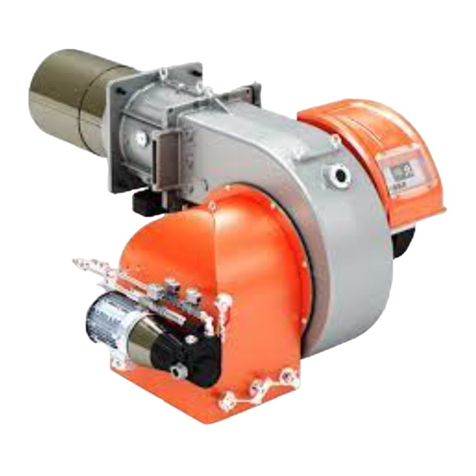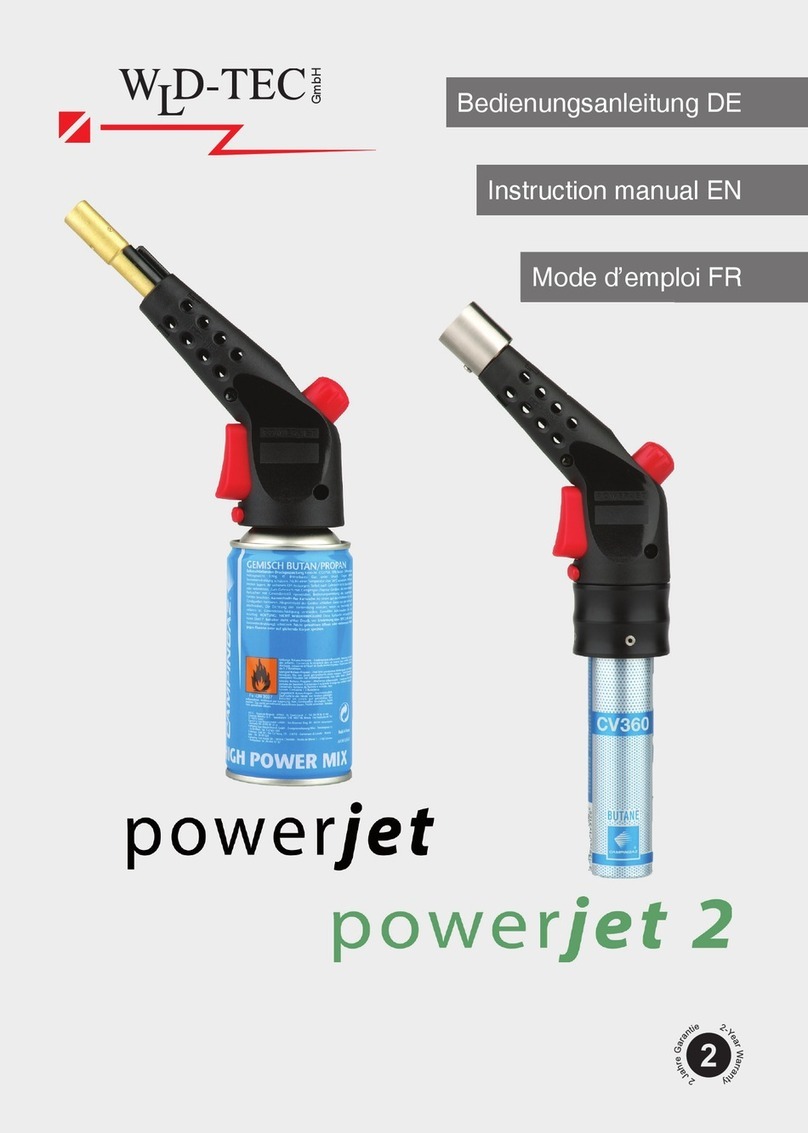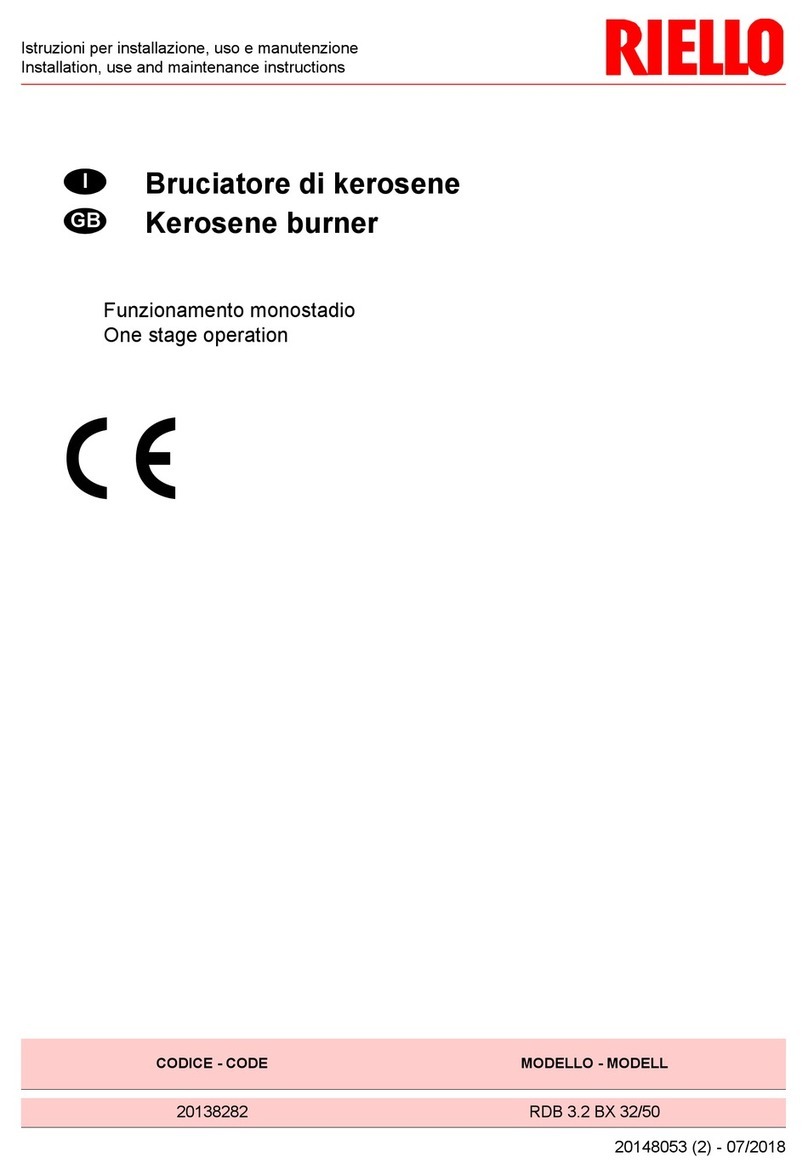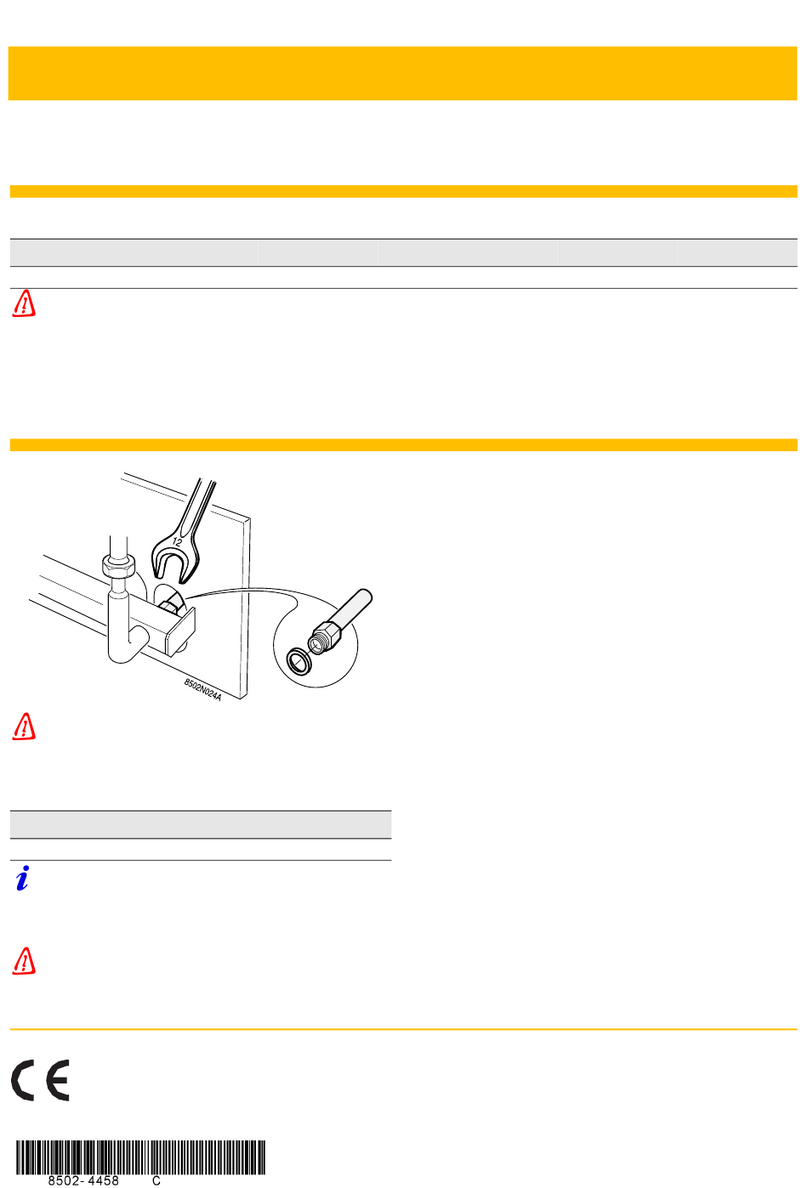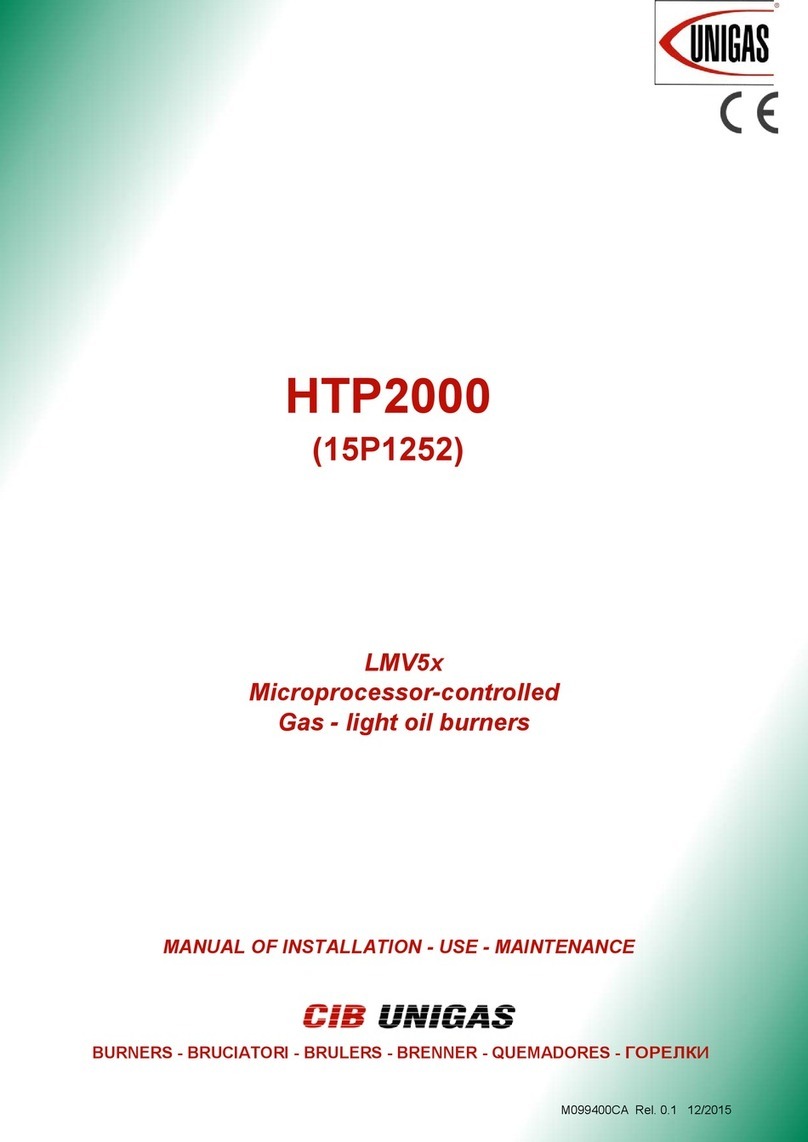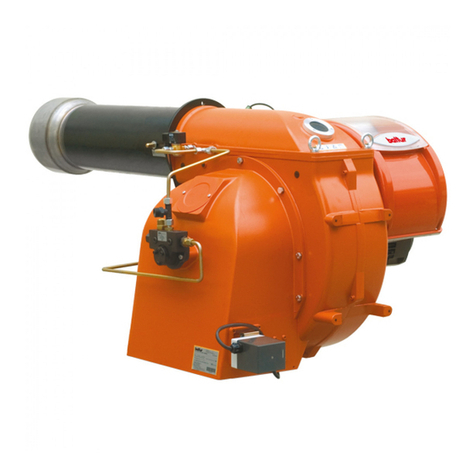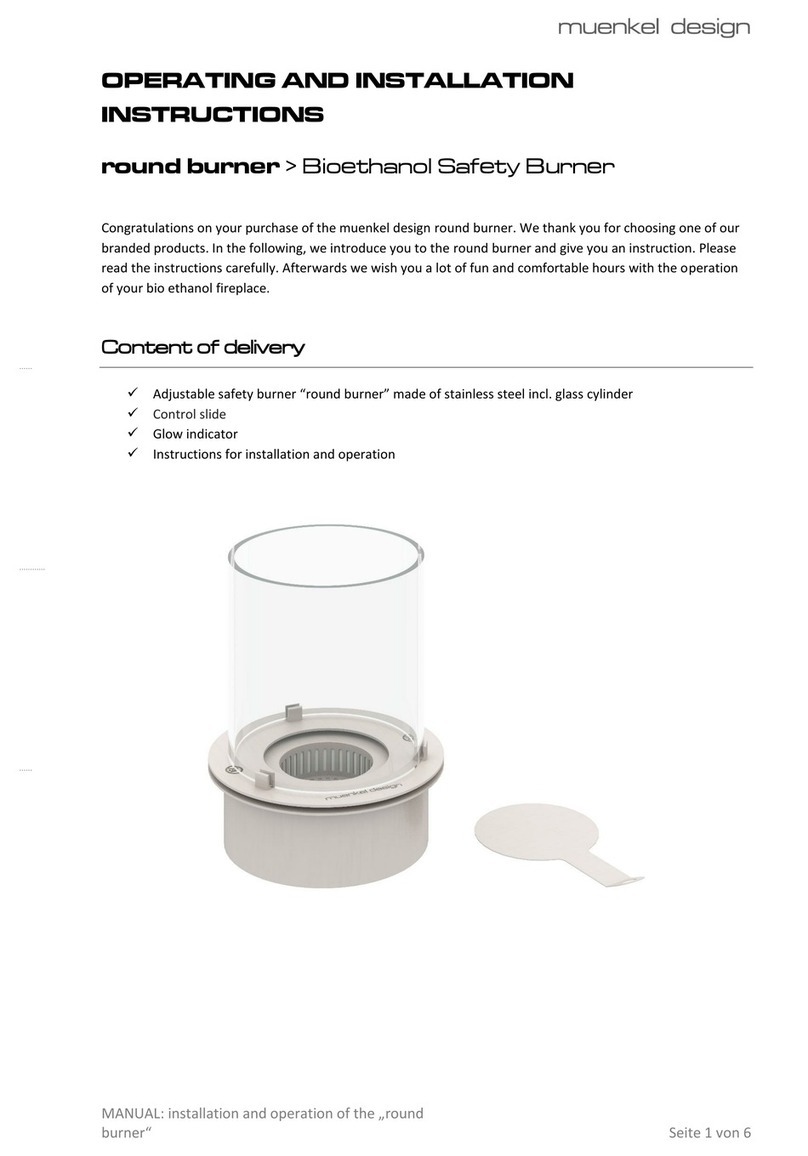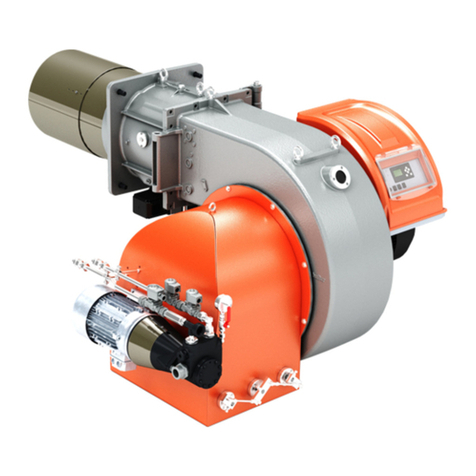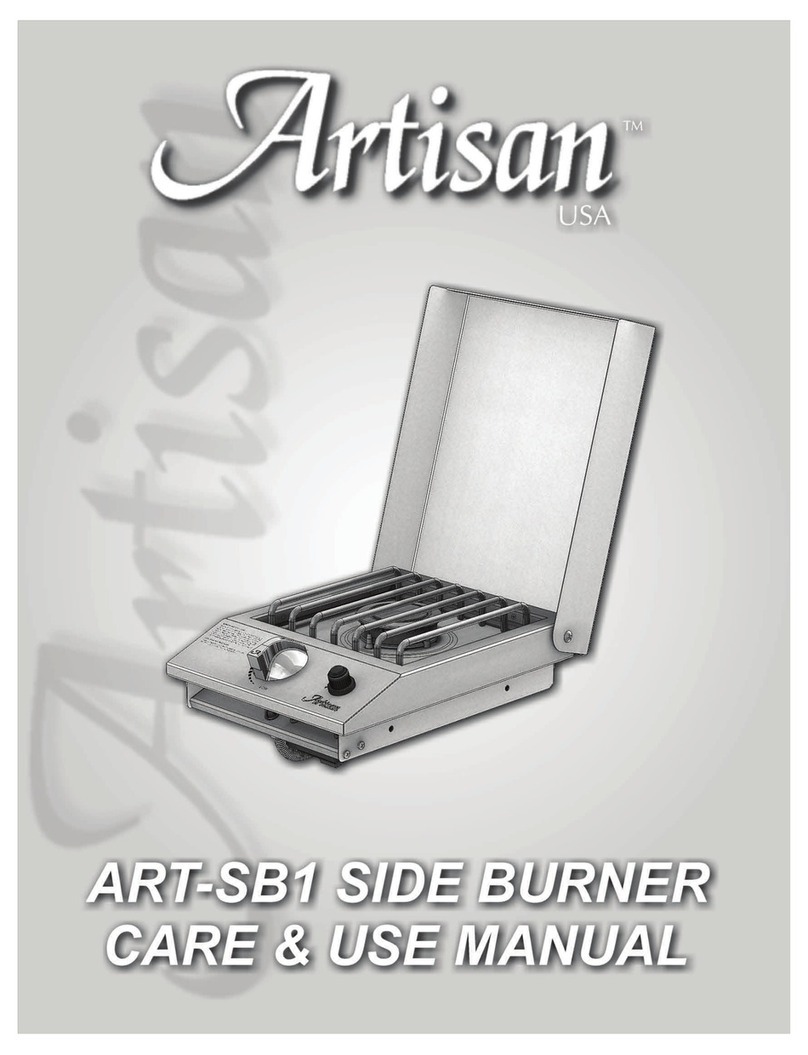Contents
M 300 S 11/2010 - 300003201-001 - F
Security Measures..................................................................................................................................................4
Important information ............................................................................................................................................4
Burner description..................................................................................................................................................5
1 Brief description......................................................................................................................................................................................5
2 Dimensions.............................................................................................................................................................................................6
3 Technical data........................................................................................................................................................................................7
4 Main parts...............................................................................................................................................................................................9
5 Base with cables - Command and safety box ......................................................................................................................................13
Command and safety box ....................................................................................................................................14
1 Operating cycle ....................................................................................................................................................................................14
2 Safety (For DKO 976 only)...................................................................................................................................................................14
3 Diagnosing breakdowns (For DKO 976 only).......................................................................................................................................14
Installation.............................................................................................................................................................15
1 Assembly of the sliding flange..............................................................................................................................................................15
3 Maintenance.........................................................................................................................................................................................16
4 Fuel oil nozzle assembly ......................................................................................................................................................................17
5 Positioning the turbulator and ignition electrodes.................................................................................................................................17
6 Positioning the mechanism ..................................................................................................................................................................18
7 Fuel and electrical connections............................................................................................................................................................18
Adjustment............................................................................................................................................................19
1 Recommended Settings M 301 S.........................................................................................................................................................20
2 Recommended Settings M 302 S.........................................................................................................................................................22
Checking the operation........................................................................................................................................24
Final checks ..........................................................................................................................................................24
Maintenance procedure .......................................................................................................................................24
Electrical diagram.................................................................................................................................................25
Operating incidents..............................................................................................................................................27
Spare parts - M 300 S - 300003201-002-F............................................................................................................28


